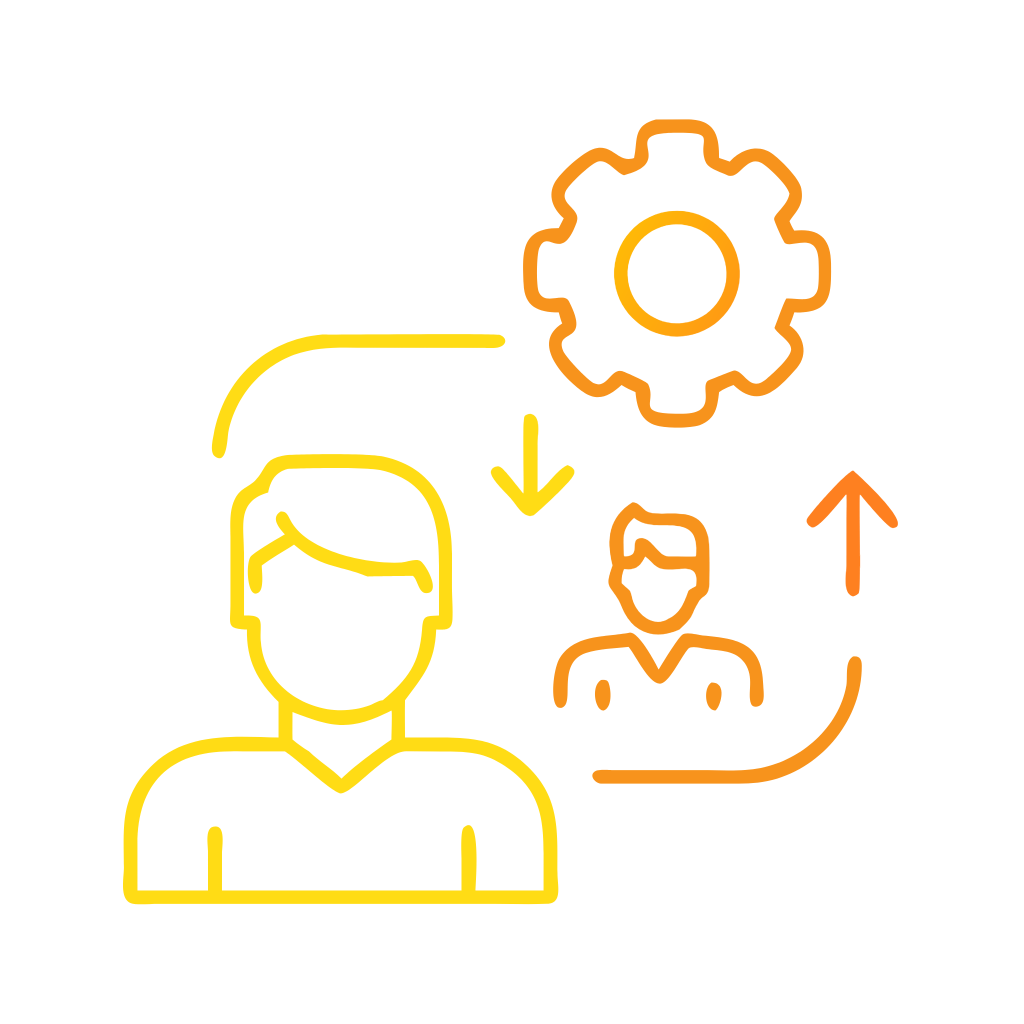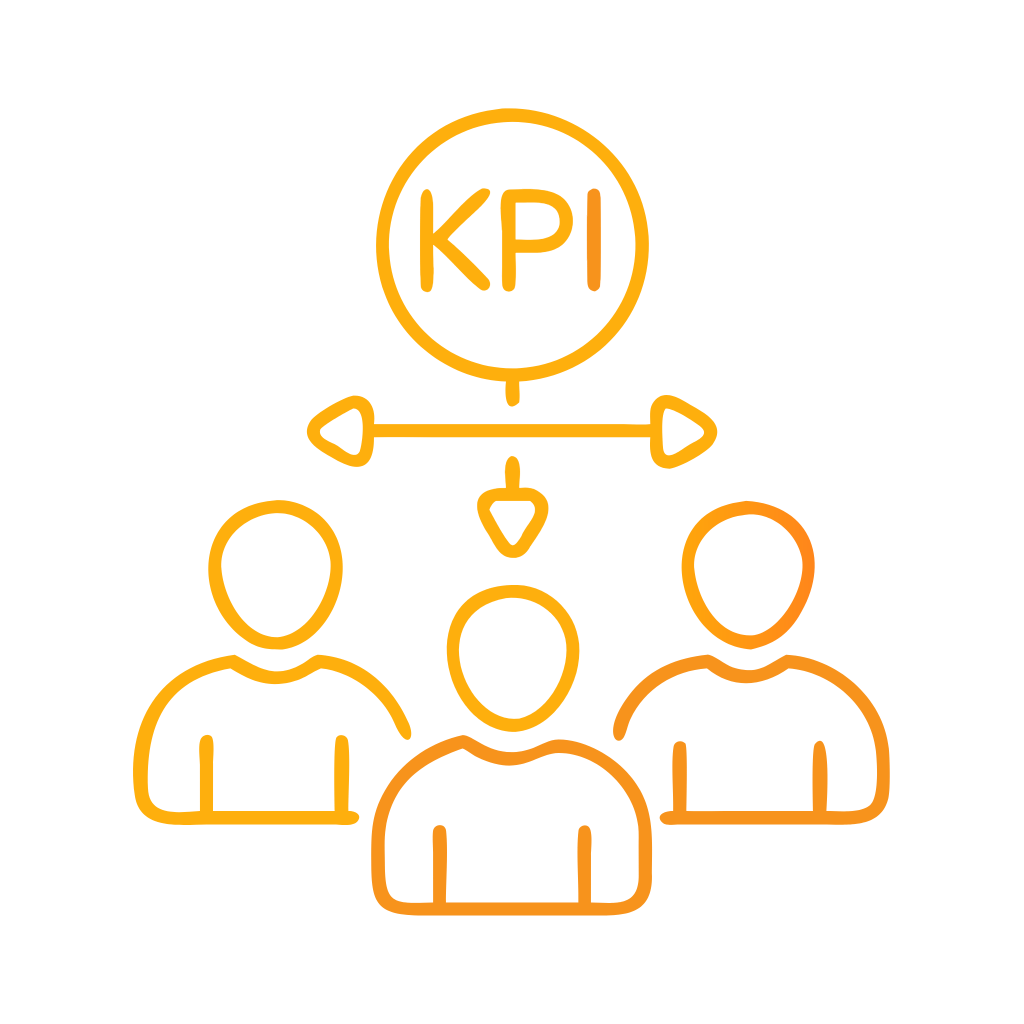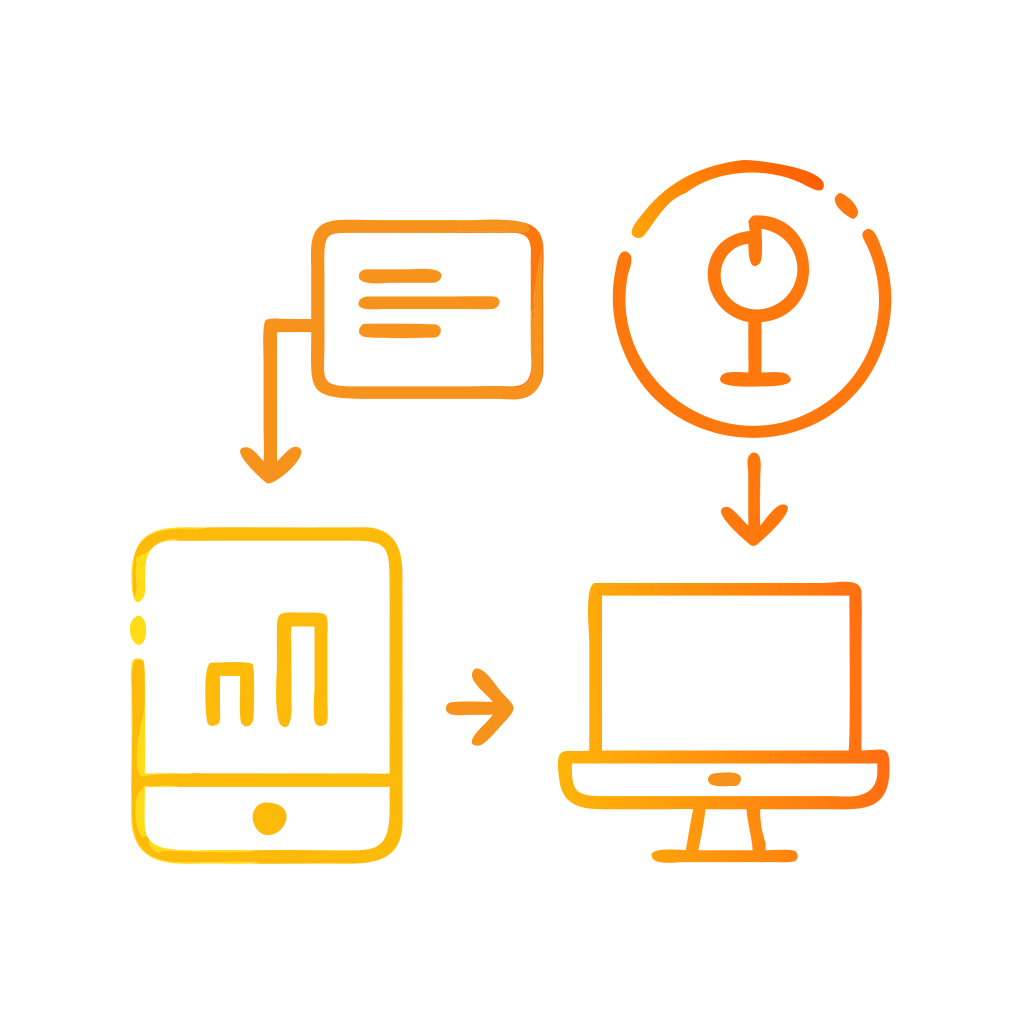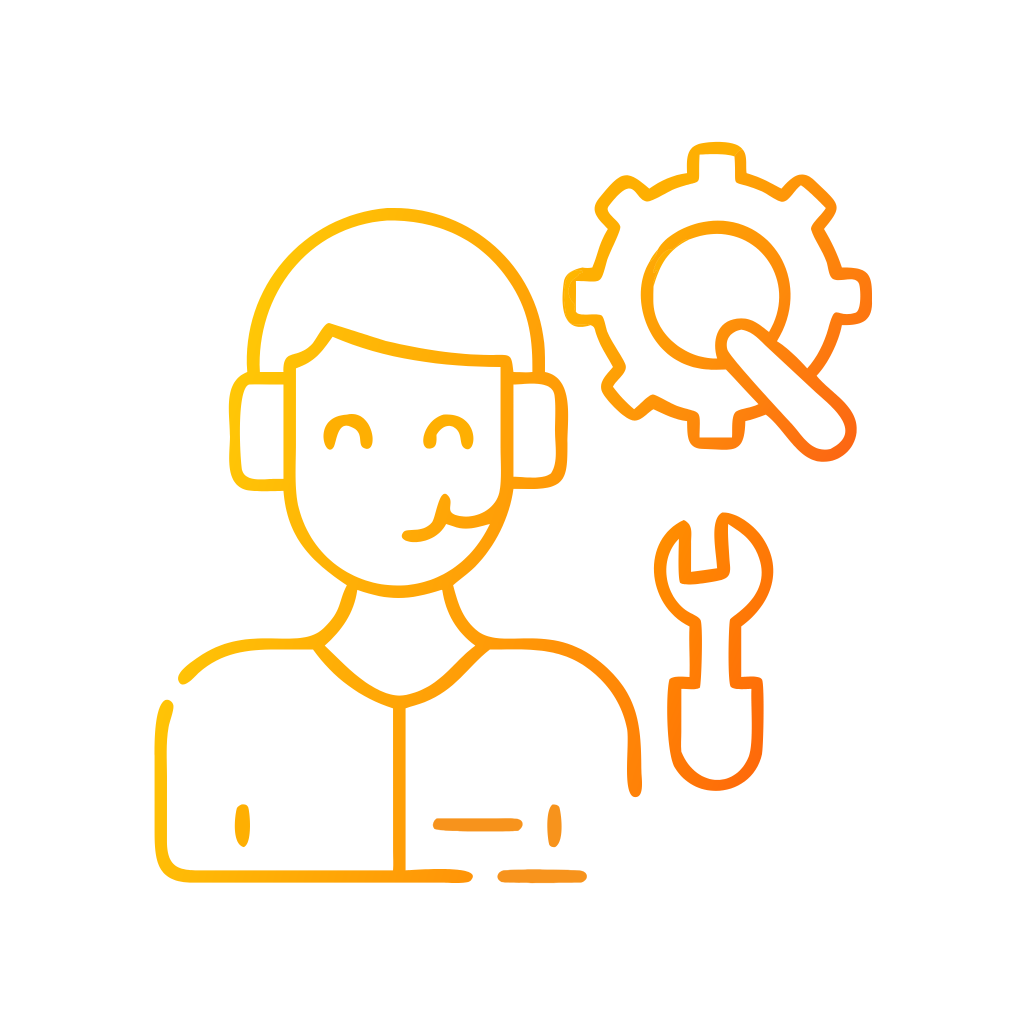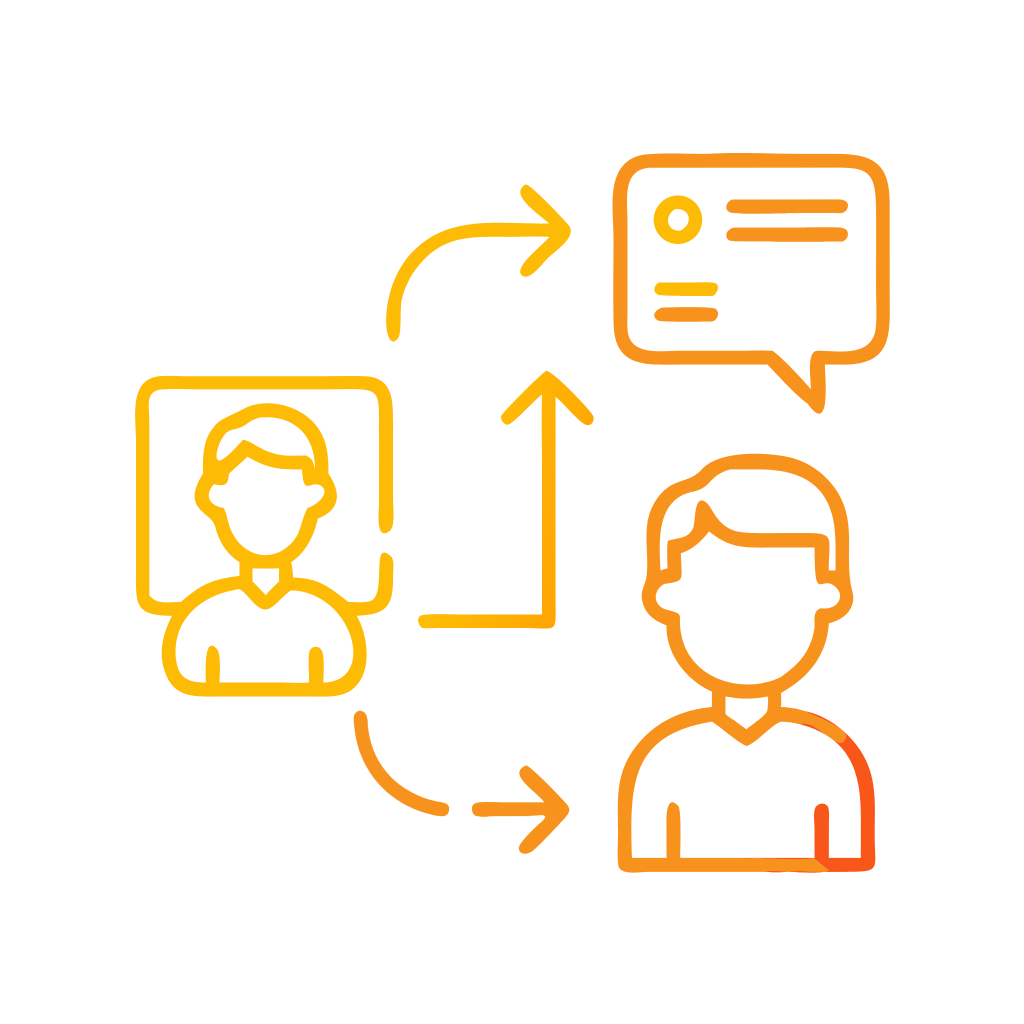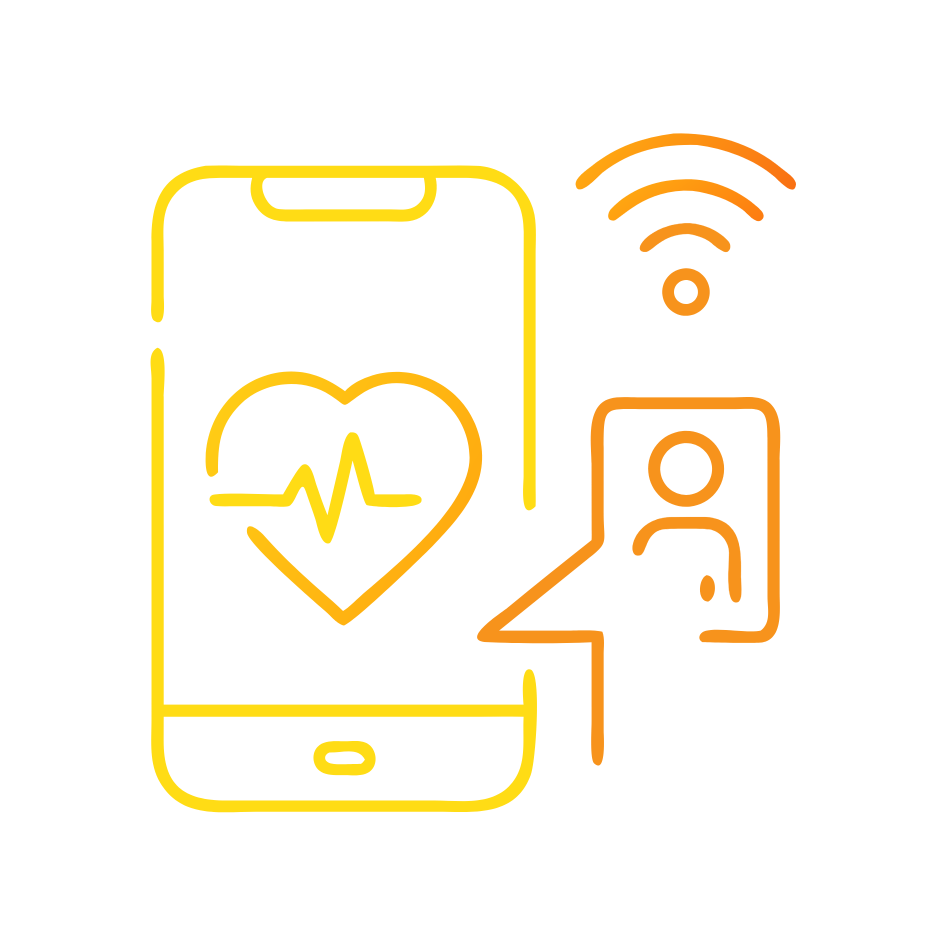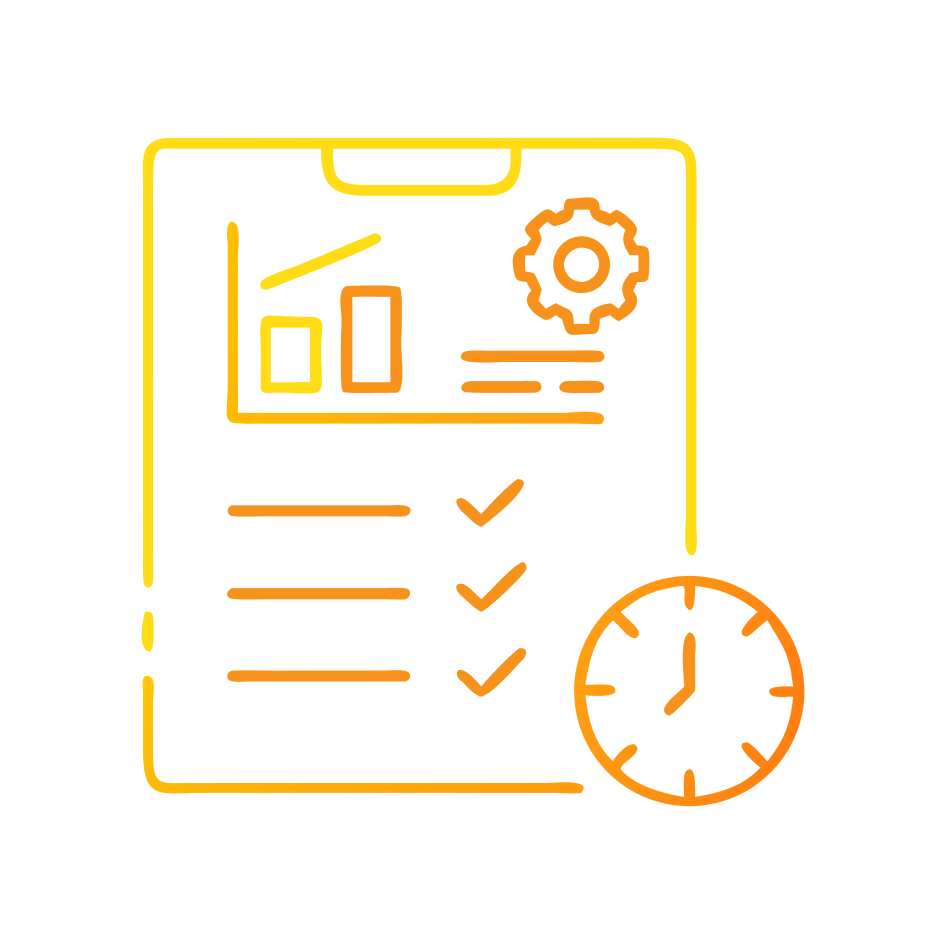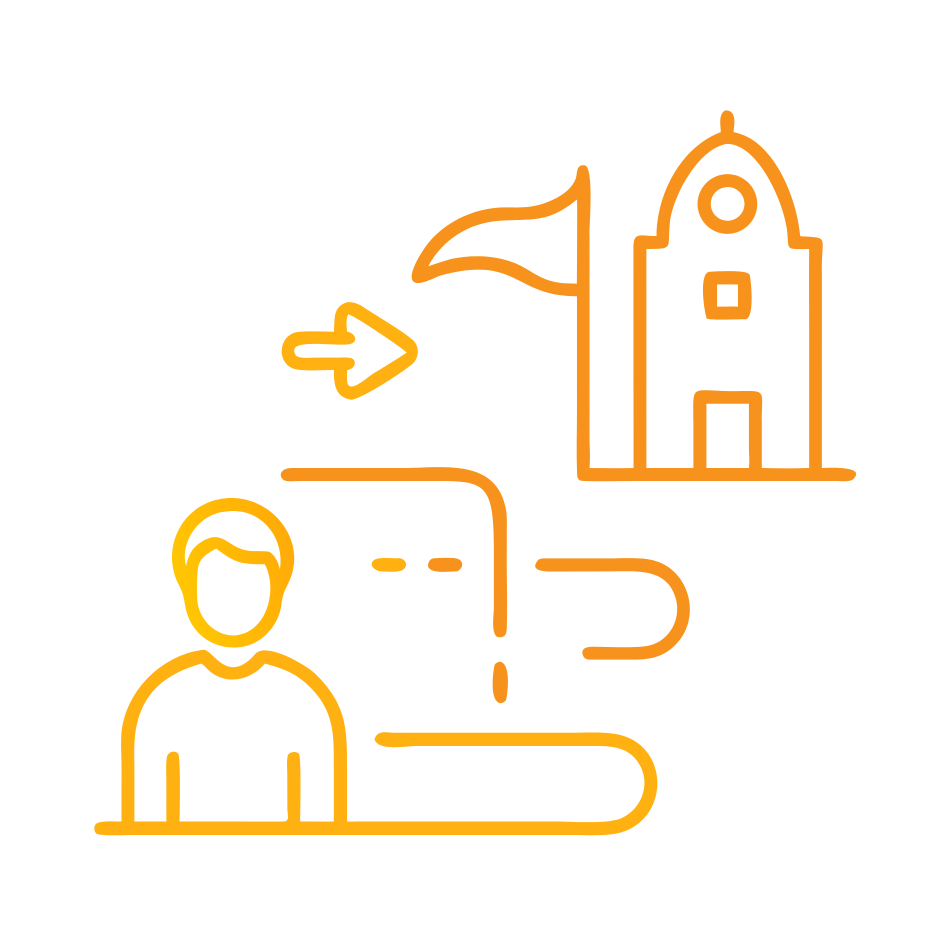What is needs-state analytics and why should leaders care?
Leaders frame needs-state analytics as the discipline that detects and responds to the real customer need in the moment, not the segment on the slide. Needs-state analytics blends Jobs-to-Be-Done thinking, customer analytics methods, and identity resolution to infer what a customer is trying to achieve right now, then match the next best action. Jobs-to-Be-Done defines a “job” as the progress a customer seeks in a specific circumstance, with functional, social, and emotional dimensions.¹ Customer analytics uses quantitative and qualitative data to explain and predict customer behavior for decisions that improve loyalty, revenue, cost, and experience.² A customer data platform unifies data across channels to enable modeling and optimize message timing and targeting.³ Together, these foundations let enterprises turn signals into service at scale. When executed well, personalization driven by these insights lifts revenue and reduces acquisition costs.⁴ ⁵
How does needs-state analytics differ from personas and journeys?
Executives use personas and journeys to plan, but they act with needs-states to serve. Personas summarize archetypes. Journeys describe stages. Both are useful for design and governance. Yet neither guarantees that in the live channel the system will recognize the customer’s present intent. Needs-state analytics operates at decision time. It classifies the active context using signals such as recency, event type, behavioral sequence, and service history. It then selects an action aligned to the job customers are hiring the service to do.¹ Teams can still anchor strategy with tools like the Value Proposition Canvas to connect jobs, pains, and gains to offers and relief.⁶ ¹³ The operating advantage comes from instrumentation, inference, and closed-loop learning in the channels where customers transact and seek help.⁴
What outcomes should a C-suite expect in year one?
Sponsors set three outcomes. First, reduce effort by resolving high-friction service jobs in channel with tailored flows. Second, raise conversion and retention by matching offers to actual intent, not a generic persona. Third, cut waste by suppressing irrelevant outreach in sensitive contexts. Organizations that get personalization right often experience a revenue lift and improved marketing efficiency.⁴ ⁵ Retail programs that scale personalization have shown sales lift and cost reductions by targeting loyalty and share-of-wallet more precisely.⁵ To capture similar results, leaders must prioritize a small number of high-volume needs-states, stand up a compliant identity spine, and instrument measurement from the start. The combination of precision, speed, and control lets teams prove impact in quarters, not years.⁴ ⁵
How do we define the core entities and signals?
Teams define four entities. A job describes the progress a customer seeks in a circumstance.¹ A needs-state is a machine-detectable slice of that circumstance, derived from live signals like sequence of actions, recency, and channel. A next best action is the minimal useful step that helps the customer complete the job. A guardrail is a policy that blocks harmful or noncompliant actions. Customer analytics practitioners collect and analyze quantitative and qualitative inputs to predict behavior and guide decisions.² Product leaders map jobs, pains, and gains to offers using established canvases to align value and execution.⁶ ¹³ Identity engineers unify profile and behavior in a customer data platform that supports modeling and activation.³ These definitions keep cross-functional teams aligned while they build.
How do we build the identity and data foundations the right way?
Architects start by unifying identifiers across channels to a single profile. A customer data platform supports this unification and enables timing and targeting for engagement.³ Data teams codify GDPR principles such as lawfulness, fairness, transparency, purpose limitation, accuracy, storage limitation, integrity, and accountability.⁷ ⁹ Controllers practice data minimization by collecting only what is directly relevant and necessary.⁸ Service designers adopt human-centered design guidance to focus on user needs and outcomes through the system life cycle.¹⁰ ¹¹ These foundations reduce risk while improving performance. They also make it easier to measure what matters. Leaders should document lawful bases, consent states, and retention schedules before activating any use case to ensure controls travel with the data.⁷ ⁸
What operating model turns signals into service?
Organizations align four workstreams. Discovery teams validate jobs and candidate needs-states through interviews and behavioral analysis.¹ ² Design teams create the next best actions and guardrails with service standards informed by human-centered design.¹⁰ ¹¹ Data teams implement the instrumentation, identity stitching, and features inside the CDP and model store.³ Activation teams orchestrate decisions in channels and capture outcomes. Forrester’s view of analytics capability maturity helps leaders assess strengths across strategy, organization, data, technology, process, and measurement.¹² Mature programs run short, iterative cycles of model deployment, policy checks, and A/B tests. Continuous research feeds new hypotheses about jobs and moments that matter.² The cadence creates a flywheel of insight, action, and learning that compounds value.⁴
Which use cases create fast proof while de-risking privacy?
Executives pick use cases that increase relevance without sensitive inferences. Start with high-volume service jobs like “fix failed payment,” “complete first setup,” or “track delivery.” These needs-states rely on explicit events and do not require intrusive data. As teams gain confidence, they can expand to commercial actions such as “save at-risk renewal” or “up-serve to a better plan,” always honoring minimization and transparency.⁷ ⁸ Retailers demonstrate that scaled personalization can increase sales and reduce costs when anchored to clear loyalty mechanics.⁵ Leaders should publish guardrails that suppress sales messages in complaint flows or bereavement contexts. Clear rules protect trust while keeping experimentation productive. Results should roll up to experience, revenue, and cost goals for executive visibility.⁴ ⁵
How should we measure value without muddy metrics?
Sponsors standardize three tiers of metrics. Outcome metrics capture customer and business results such as task completion, churn, average order value, and cost to serve. Driver metrics capture needs-state detection precision, decision latency, and action acceptance. System health captures consent coverage, identity match rates, data freshness, and policy violations. Marketing programs that scale personalization often attribute lifts to better use of first-party data and faster feedback cycles.⁴ ⁵ Human-centered design practices add usability outcomes like effectiveness and satisfaction to ensure that optimization does not degrade experience.¹¹ Leaders should review these metrics in one decision dashboard and tie incentives to outcome movement, not just volume. A single view of value avoids channel gaming and keeps the enterprise aligned.
What governance keeps speed and safety in balance?
Governance keeps speed high and risk low. Legal and privacy teams codify GDPR principles into automated checks.⁷ ⁹ Data stewards enforce data minimization and retention rules in the pipeline.⁸ Design leaders embed human-centered design checkpoints at intake, experiment review, and release gates to ensure the system remains usable and useful.¹⁰ ¹¹ Business owners control guardrails that suppress actions in sensitive contexts and approve treatment catalogs. Analytics leaders publish transparent notes on model purpose, features, limits, and monitoring. Forrester’s emphasis on continuous research supports governance by validating that actions still meet real needs over time.² ²² This structure preserves customer trust while enabling rapid iteration. It also makes audits straightforward because controls are explicit, consistent, and observable.
How do we implement a 90-day rollout without boiling the ocean?
Teams plan three 30-day sprints. Sprint 1 defines two priority jobs and three candidate needs-states per job through discovery and data review.¹ ² It completes a baseline Value Proposition Canvas for the selected journeys to anchor value hypotheses.⁶ ¹³ Sprint 2 instruments events, configures the CDP identity graph, and ships a rules-based detector and a single next best action per needs-state.³ Sprint 3 runs controlled experiments in one service and one sales channel, with outcome, driver, and health metrics captured in a shared dashboard. Human-centered design reviews ensure usability and accessibility.¹⁰ ¹¹ GDPR checks confirm lawful basis and minimization.⁷ ⁸ Debrief closes the loop, funds scale-out, and updates the treatment catalog. The plan builds muscle while proving value on the path to scale.⁴ ⁵
What does good look like at scale?
Enterprises at scale exhibit five traits. They maintain a stable ontology of jobs, needs-states, actions, and guardrails that travels across channels. They operate a CDP-centric identity spine with clear ownership and service level objectives for match rates and freshness.³ They run continuous research and experimentation to refine hypotheses and retire stale treatments.² They measure value with a shared scorecard that links customer outcomes to financials. Human-centered design behaviors per ISO guidance remain visible in rituals and artifacts.¹⁰ ¹¹ Finally, they treat privacy as a product by embedding GDPR principles and minimization into defaults.⁷ ⁸ These traits make needs-state analytics not a project but a durable capability. The result is a service that customers hire again because it helps them make progress.¹
FAQ
What is needs-state analytics in Customer Science?
Needs-state analytics detects the customer’s current circumstance and intent, then chooses the next best action that helps the customer complete a defined job, combining Jobs-to-Be-Done, customer analytics, and identity resolution.¹ ² ³
How do Jobs-to-Be-Done and the Value Proposition Canvas support this rollout?
Jobs-to-Be-Done clarifies the progress customers seek across functional, social, and emotional dimensions, while the Value Proposition Canvas links jobs, pains, and gains to offers and relief for alignment across teams.¹ ⁶ ¹³
Which platforms enable identity and activation for needs-state analytics?
A customer data platform unifies identifiers and events across channels to support modeling, optimize timing, and target messages and offers for activation.³
Why does personalization linked to needs-states move revenue and cost?
Programs that apply data to personalize at scale often lift revenue and reduce acquisition and sales costs by improving relevance and suppressing waste.⁴ ⁵
What governance keeps needs-state analytics compliant?
GDPR principles guide lawful, fair, and transparent processing, purpose limitation, and retention, while data minimization limits collection to what is necessary for the use case.⁷ ⁸ ⁹
How does human-centered design fit into the operating model?
ISO 9241-210 guidance and NIST’s definition emphasize focusing on user needs throughout the life cycle to improve effectiveness, efficiency, and satisfaction, which strengthens treatment design and outcomes.¹⁰ ¹¹
Which metrics prove value to executives?
Leaders track outcome metrics like task completion and churn, driver metrics like detection precision and decision latency, and system health like consent coverage and match rates, reviewed in one decision dashboard.⁴ ⁵ ³
Sources
“Jobs to Be Done Theory,” Christensen Institute, 2025, think tank. https://www.christenseninstitute.org/theory/jobs-to-be-done/
“Customer insights method,” Forrester Glossary, Forrester, 2024, research firm. https://www.forrester.com/staticassets/glossary.html
“Customer Data Platform,” Gartner Marketing Glossary, Gartner, 2025, research firm. https://www.gartner.com/en/marketing/glossary/customer-data-platform
“What is personalization?,” McKinsey Explainers, McKinsey, 2023, consultancy. https://www.mckinsey.com/featured-insights/mckinsey-explainers/what-is-personalization
“Personalizing the customer experience: Driving differentiation in retail,” McKinsey, 2020, consultancy. https://www.mckinsey.com/industries/retail/our-insights/personalizing-the-customer-experience-driving-differentiation-in-retail
“Value Proposition Canvas – Official Template,” Strategyzer Library, 2025, publisher. https://www.strategyzer.com/library/the-value-proposition-canvas
“Article 5 GDPR. Principles relating to processing of personal data,” GDPR-info.eu, 2025, legal reference. https://gdpr-info.eu/art-5-gdpr/
“Data minimisation,” European Data Protection Supervisor Glossary, 2025, EU agency. https://www.edps.europa.eu/data-protection/data-protection/glossary/d_en
“General Data Protection Regulation – Legal Text,” GDPR-info.eu, 2025, legal reference. https://gdpr-info.eu/
“ISO 9241-210:2019 Ergonomics of human-system interaction,” International Organization for Standardization, 2019, standard. https://www.iso.org/standard/77520.html
“Human-Centered Design (HCD),” NIST, 2021, US agency. https://www.nist.gov/itl/iad/visualization-and-usability-group/human-factors-human-centered-design
“What Is Your Customer Analytics Persona?,” Forrester Blog, 2013, research firm. https://www.forrester.com/blogs/13-08-01-what_is_your_customer_analytics_persona/
“What is The Value Proposition Canvas,” Interaction Design Foundation, 2024, nonprofit. https://www.interaction-design.org/literature/topics/value-proposition-canvas
